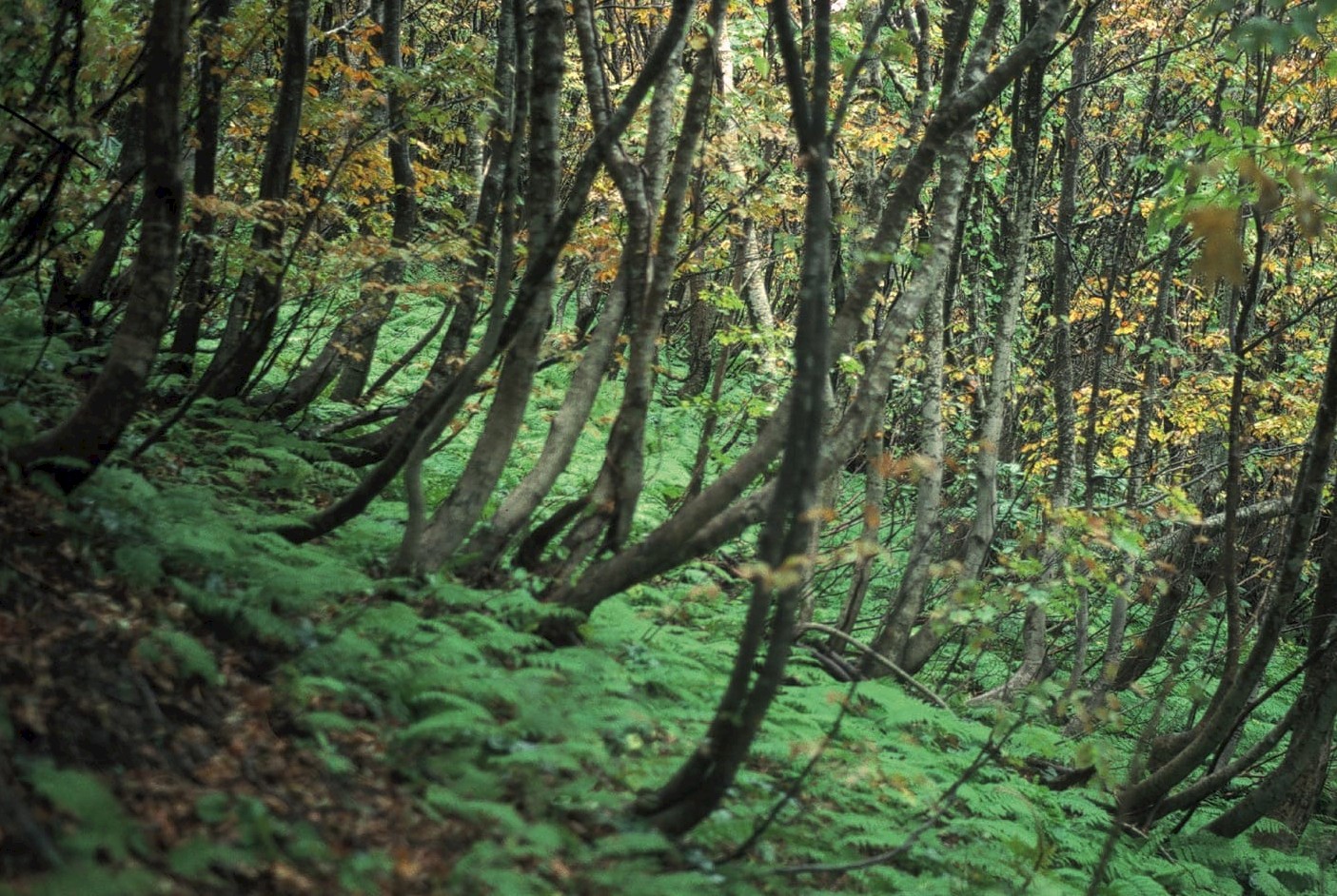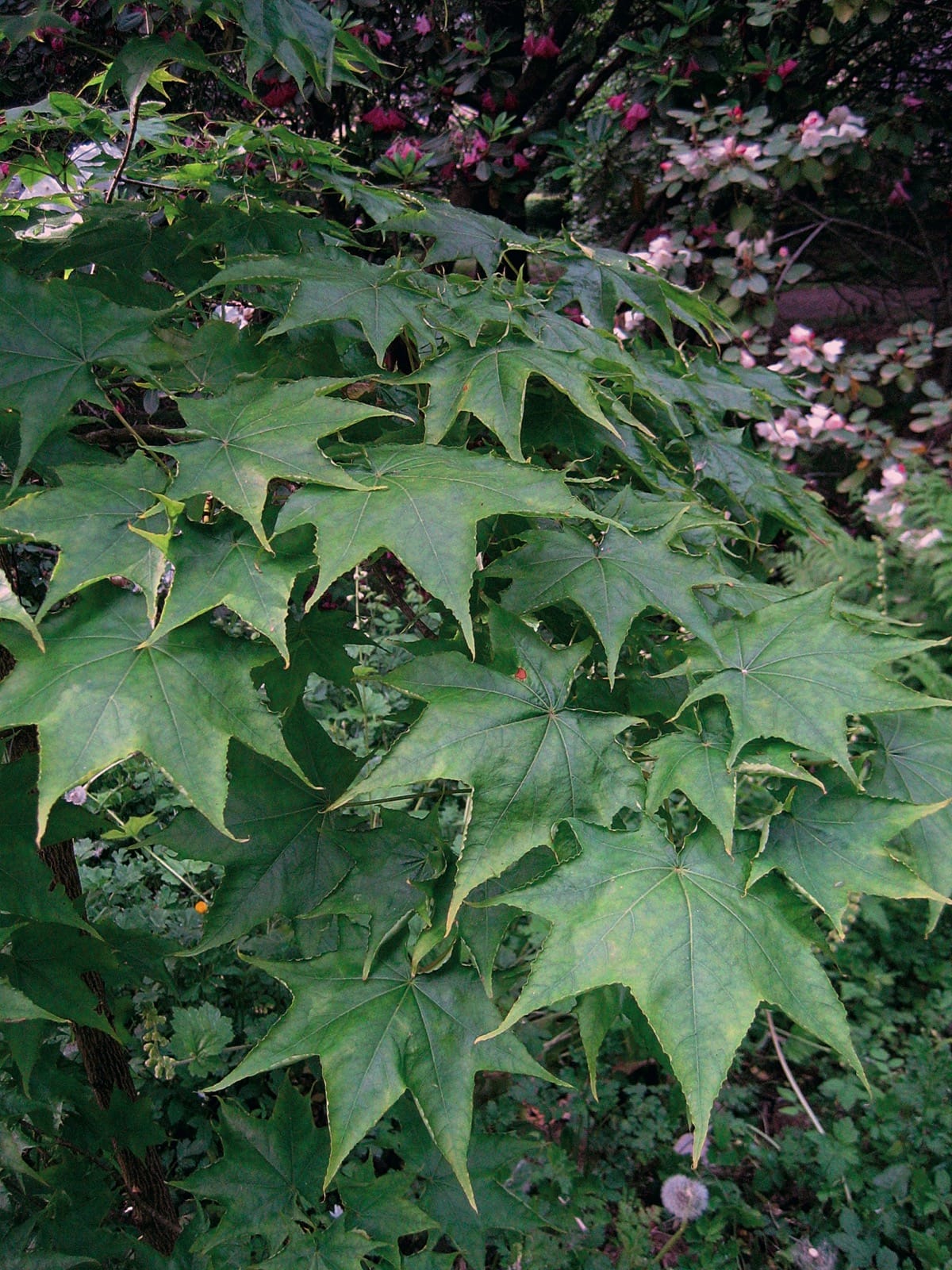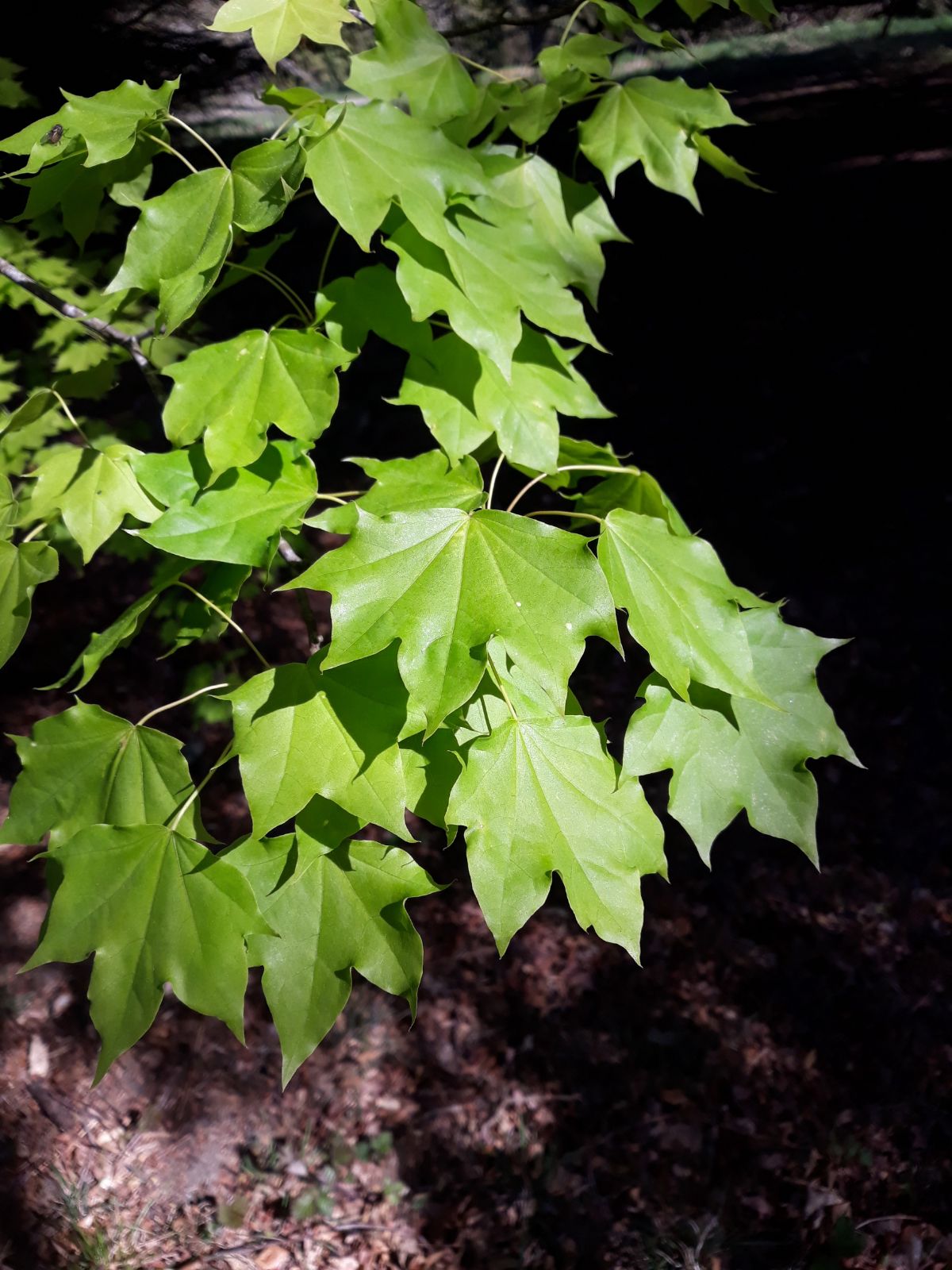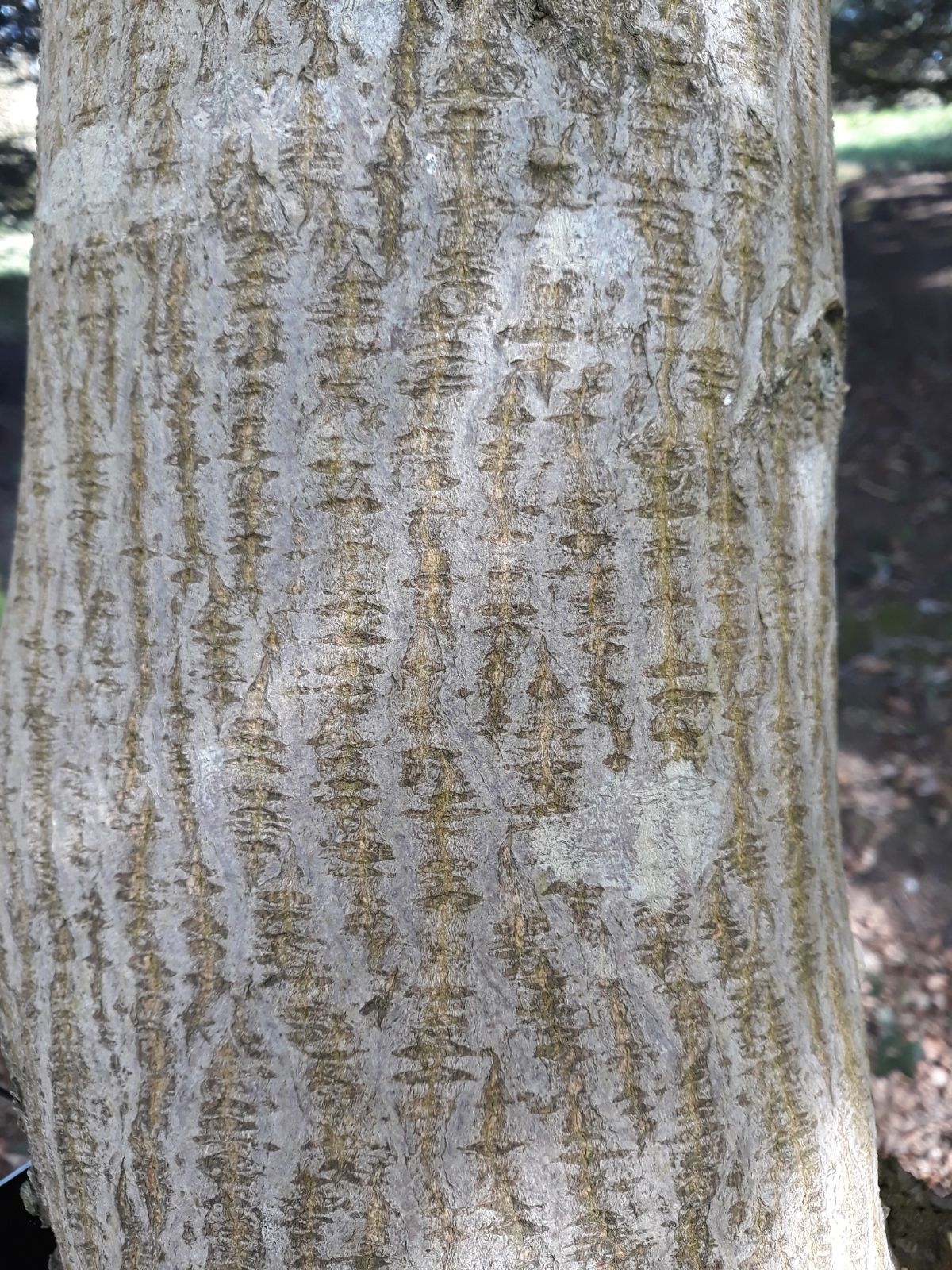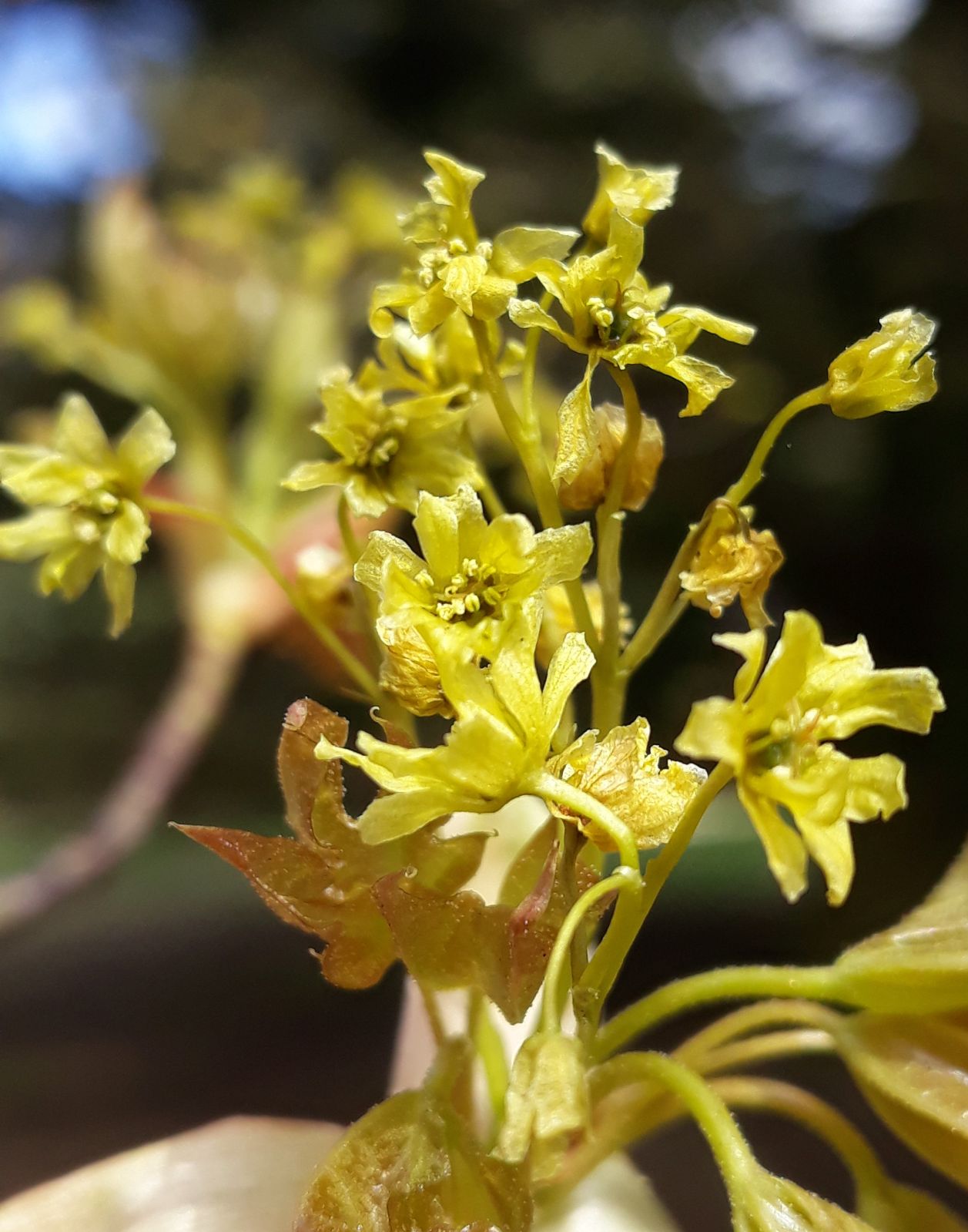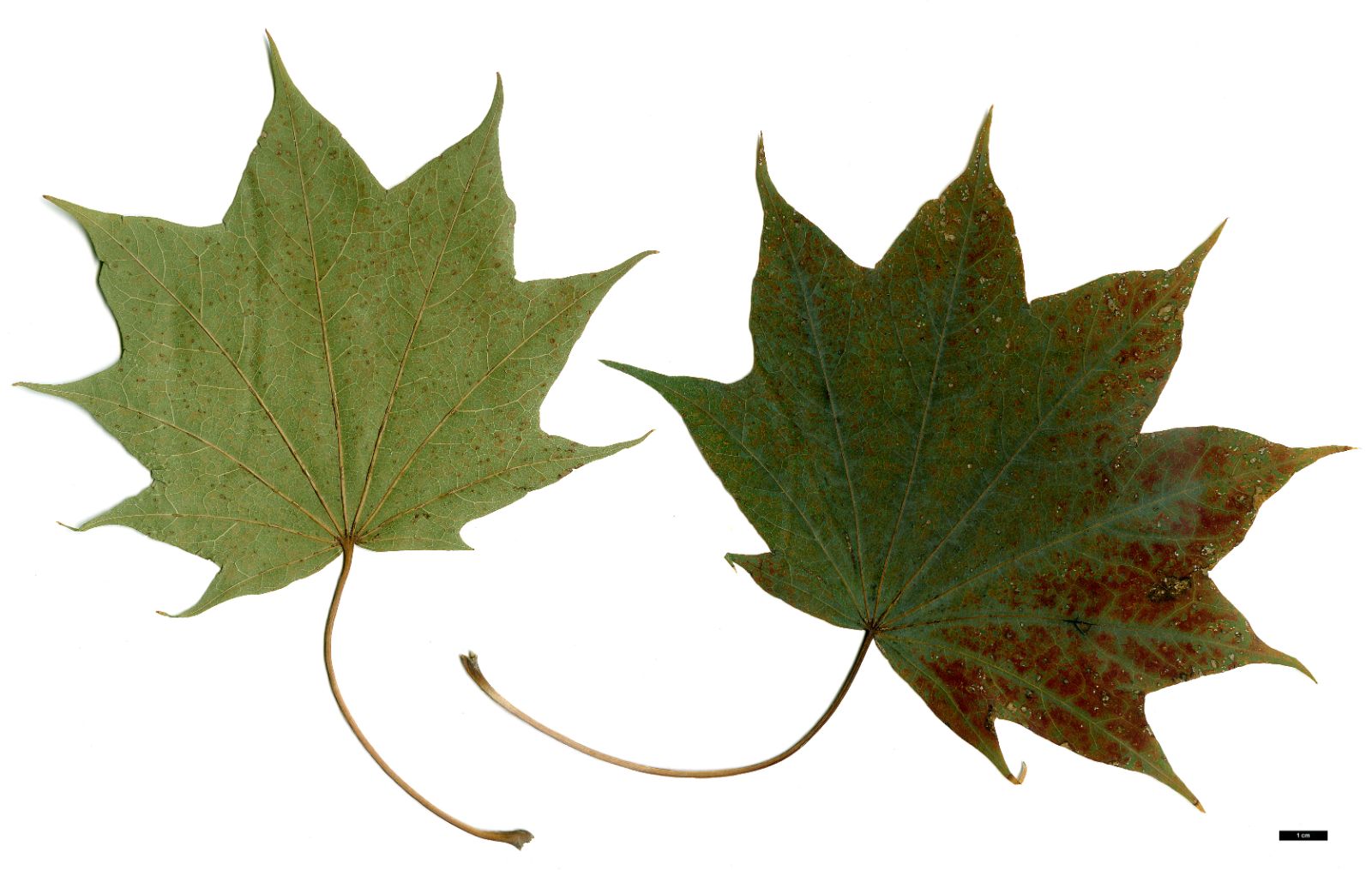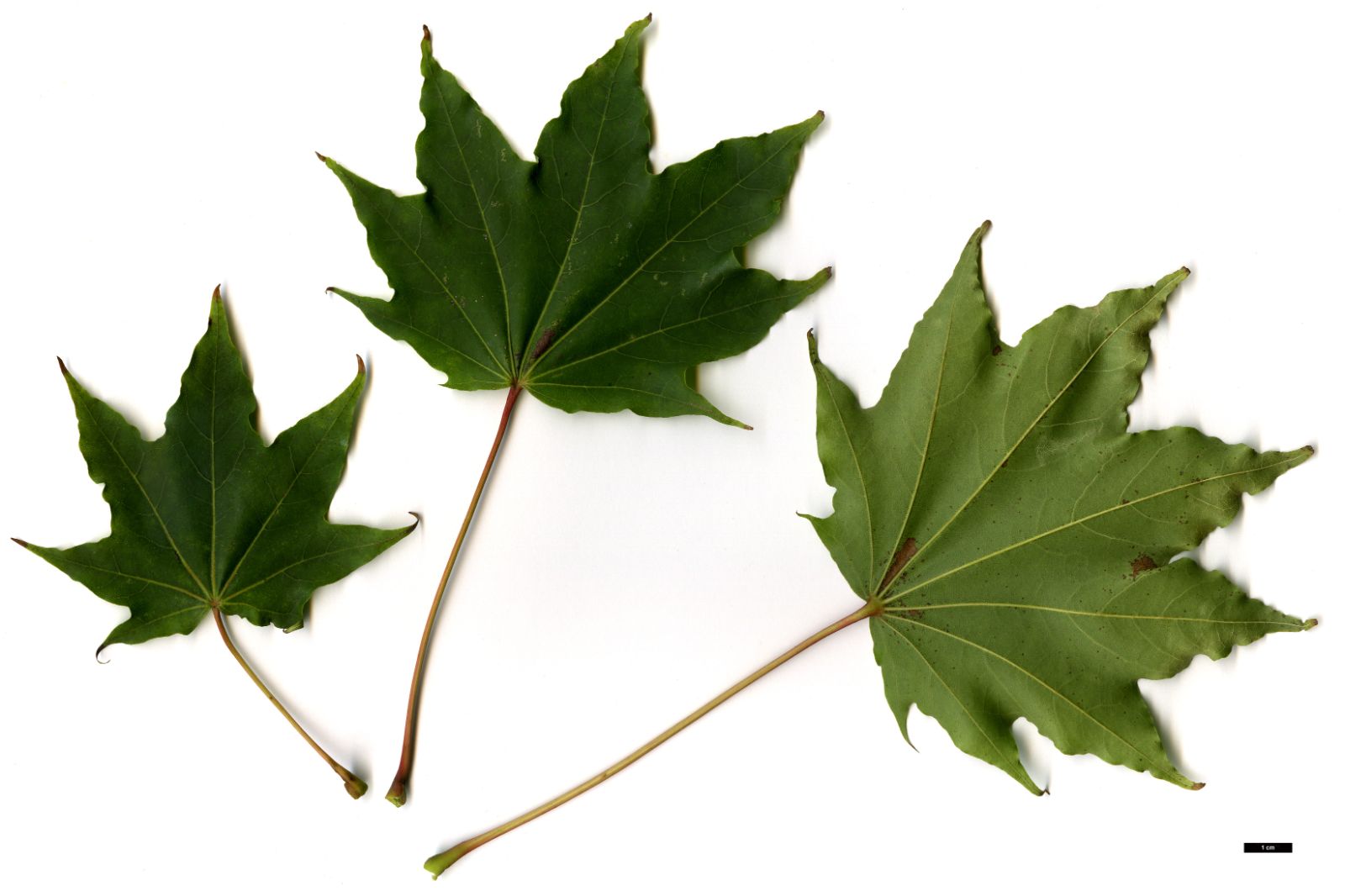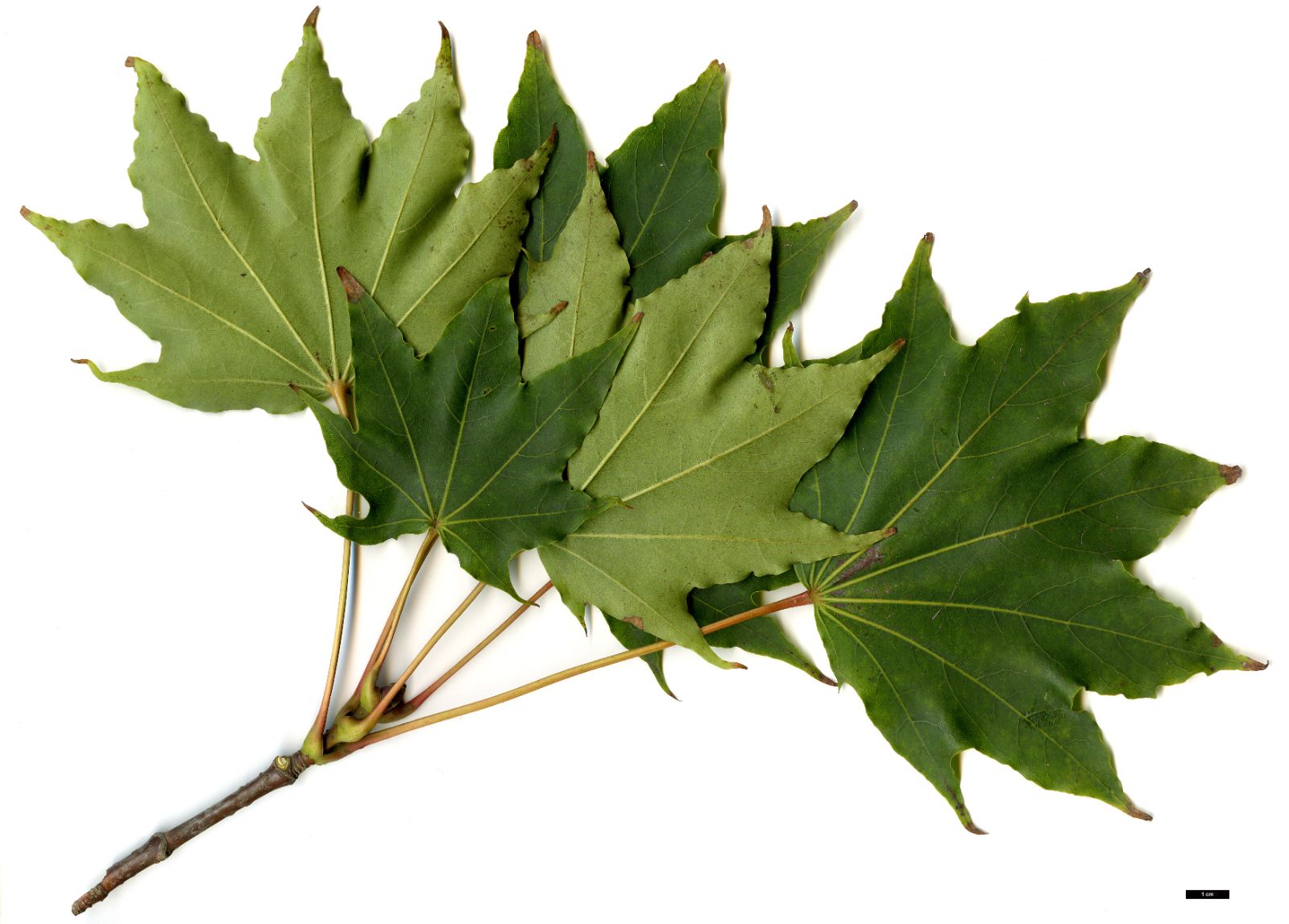Acer okamotoanum
Sponsor
Kindly sponsored by
a member of the International Dendrology Society
Credits
John Grimshaw, Ross Bayton & Dan Crowley (2020)
Recommended citation
Grimshaw, J., Bayton, R., & Crowley, D. (2020), 'Acer okamotoanum' from the website Trees and Shrubs Online (treesandshrubsonline.
Genus
- Acer
- Sect. Platanoidea
Synonyms
- Acer pictum subsp. okamotoanum (Nakai) H. Ohashi
- Acer mono subsp. okamotoanum (Nakai) de Jong
Other taxa in genus
- Acer acuminatum
- Acer amplum
- Acer argutum
- Acer barbinerve
- Acer buergerianum
- Acer caesium
- Acer calcaratum
- Acer campbellii
- Acer campestre
- Acer 'Candy Stripe'
- Acer capillipes
- Acer cappadocicum
- Acer carpinifolium
- Acer 'Cascade'
- Acer caudatum
- Acer ceriferum
- Acer chapaense
- Acer chienii
- Acer circinatum
- Acer cissifolium
- Acer × conspicuum
- Acer cordatum
- Acer coriaceifolium
- Acer × coriaceum
- Acer crataegifolium
- Acer davidii
- Acer diabolicum
- Acer distylum
- Acer divergens
- Acer duplicatoserratum
- Acer elegantulum
- Acer erianthum
- Acer 'Esk Flamingo'
- Acer fargesii
- Acer fenzelianum
- Acer flabellatum
- Acer forrestii
- Acer franchetii
- Acer × freemanii
- Acer fulvescens
- Acer 'Gimborn'
- Acer ginnala
- Acer glabrum
- Acer 'Gold Coin'
- Acer granatense
- Acer grandidentatum
- Acer griseum
- Acer heldreichii
- Acer henryi
- Acer × hillieri
- Acer hookeri
- Acer hyrcanum
- Acer japonicum
- Acer kawakamii
- Acer komarovii
- Acer laevigatum
- Acer laurinum
- Acer laxiflorum
- Acer lobelii
- Acer longipes
- Acer macrophyllum
- Acer mandshuricum
- Acer maximowiczianum
- Acer maximowiczii
- Acer metcalfii
- Acer miaotaiense
- Acer micranthum
- Acer 'Mindavi'
- Acer 'Minorient'
- Acer miyabei
- Acer miyabei × campestre
- Acer monspessulanum
- Acer morifolium
- Acer 'Mozart'
- Acer oblongum
- Acer obtusifolium
- Acer oliverianum
- Acer opalus
- Acer orientale
- Acer palmatum
- Acer papilio
- Acer pauciflorum
- Acer pectinatum
- Acer pensylvanicum
- Acer pentaphyllum
- Acer pentapotamicum
- Acer pictum
- Acer pilosum
- Acer pinnatinervium
- Acer platanoides
- Acer platanoides × amplum
- Acer platanoides × truncatum
- Acer × pseudoheldreichii
- Acer pseudoplatanus
- Acer pseudosieboldianum
- Acer pubinerve
- Acer pycnanthum
- Acer rubescens
- Acer rubrum
- Acer rufinerve
- Acer saccharinum
- Acer saccharum
- Acer sempervirens
- Acer 'Serpentine'
- Acer serrulatum
- Acer shenkanense
- Acer sieboldianum
- Acer sikkimense
- Acer 'Silver Cardinal'
- Acer 'Silver Ghost'
- Acer sinense
- Acer sinopurpurascens
- Acer spicatum
- Acer stachyophyllum
- Acer taronense
- Acer tataricum
- Acer tegmentosum
- Acer tenellum
- Acer tetramerum
- Acer tibetense
- Acer tonkinense
- Acer triflorum
- Acer truncatum
- Acer tschonoskii
- Acer turkestanicum
- Acer tutcheri
- Acer ukurunduense
- Acer velutinum
- Acer wardii
- Acer 'White Tigress'
- Acer wilsonii
- Acer × zoeschense
A deciduous tree to 20 m in the wild. Bark pale brown to yellowish-grey. Branchlets glabrous, turning grey to brown and woody by the end of the first year. Buds ovoid, with imbricate scales. Leaves broadly pentagonal in outline, base cordate to truncate, 7–9-lobed, 12–15 cm across, margins entire, lobes shallow, broadly triangular, apically acute to acuminate, upper surface mid-green, lower surface pale green; petiole, slender, glabrous, exuding milky sap when broken; autumn colour yellow. Samaras yellowish green, 3.5–4.5 cm long, wings converging, nutlets flattened. Flowering from April to May, fruiting from September to October. (van Gelderen et al. 1994).
Distribution South Korea Ullung-do
Habitat Remnant forests.
USDA Hardiness Zone 6-7
RHS Hardiness Rating H5
Conservation status Vulnerable (VU)
Taxonomic note Treated as a subspecies of Acer pictum by van Gelderen et al. (1994) and, following them, by Grimshaw & Bayton (2009), the leaves, fruits and flowers of A. okamotoanum are larger than those of A. pictum. Meanwhile Takayama et al. (2012 p.326), using eight polymorphic microsatellite markers to analyse seven populations of A. okamotoanum in relation to seven mainland South Korean A. pictum populations (with at least 15 samples per species), concluded that ‘that clear genetic distinction exists between the two species and that A. okamotoanum has had a single origin from A. mono’ (sic). Other than elevating this taxon to species status, the text below remains unchanged from New Trees (Grimshaw & Bayton 2009).
Rarity has added piquancy to the interest in this species, but fortunately it would seem that the report of only 15 surviving specimens (van Gelderen et al. 1994) is an underestimate, as Flanagan & Kirkham (2005) recorded it as a principal constituent of woodland they visited in South Korea in 1989. There, on the island of Ullung-do, it is a large tree up to 20 m tall, with wide-spreading branches. Seed from this expedition (KFBX 168) has given rise to a very vigorous specimen at Kew, 14 m tall in 2016 (The Tree Register 2018) (from 8 m tall in 2005 (Flanagan & Kirkham 2005)), but there are several other large specimens in the United Kingdom as well, including one that was 9 m tall when measured by Owen Johnson for The Tree Register in 2003, at Batsford Park, Gloucestershire, and one that has reached 10 m at Hergest Croft (planted in 1985). The Hergest Croft tree is a fine individual with ascending branches, although it is prone to depredations by squirrels. Another large specimen (9–10 m) grows at Chevithorne Barton in Devon. Both of the latter trees are derived from a collection made in 1982 by James Harris and Joe Witt, from which only two seeds germinated (J. Harris, pers. comm. 2006). Viable seed is now produced in cultivation. In North America it is growing at the Arnold Arboretum and elsewhere. At the David C. Lam Asian Garden, Vancouver, a 12 m tree, grown from seed collected by Ferris Miller in 1980, has an 18 m spread of branches; Peter Wharton commented that it is ‘very, very vigorous’ (pers. comm. 2007). It is not fully hardy in Poland (P. Banaszczak, pers. comm. 2007).
The leaves of all the A. okamotoanum seen have had an elegant poise with upturned lobe tips, enhanced by a slightly undulate margin. They emerge light red and turn a good yellow in autumn. It grows very well on alkaline soils (J. Harris, pers. comm. 2007).

